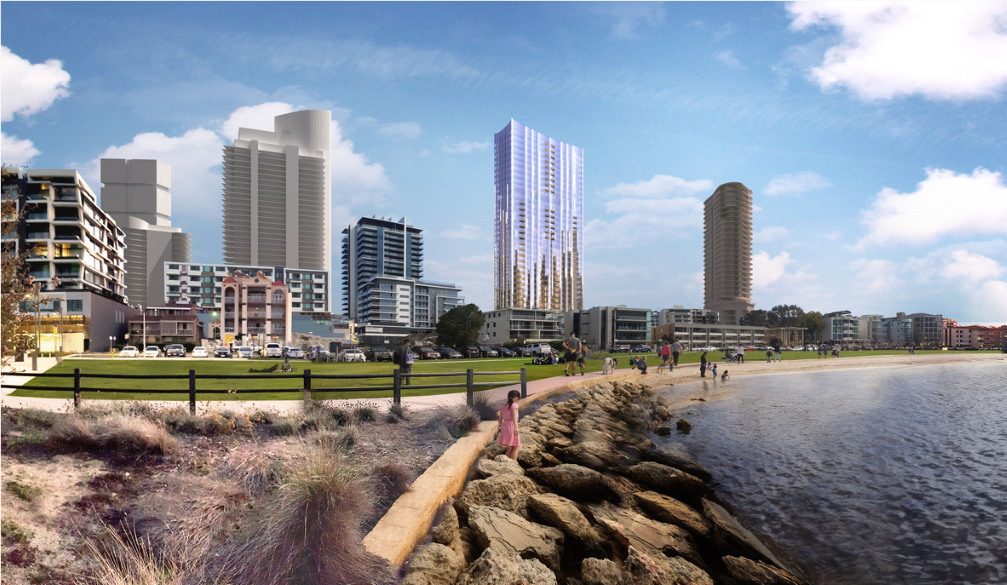South Perth’s newest residential development
- Written by CGM Communications

Hassell, the Perth based international design practice that recently designed Optus Stadium, One the Esplanade and the WA Museum Boola Bardip, has been selected for South Perth’s newest residential offering at 88 Mill Point Road.
Hassell was appointed by Peakstone to design the innovative residences that responds to community feedback and sets a new benchmark in sustainable apartment design.
Hassell Principal and international architect Peter Dean said the landmark design, which received design excellence through the State Design Review Panel process, responds to its context and has been informed by the needs of the local community.
“The design will significantly enhance the existing landscaping along Mill Point Road and Ferry Street, with the building carefully orientated and set back from the primary street edges to incorporate public amenity, including a café and wine bar,” he said.
“Residents of South Perth told us how important the local trees and parks were to them, so we have carefully set back the human scaled podium around the existing mature trees and provided extensive new landscaped areas and integrated artwork around the new community facilities that will activate the street frontages.”
Mr Dean said the distinctive architecture took inspiration from local materials, forms and the Swan River.
“We put in place a deliberate design strategy to create an elegantly proportioned building that sits comfortably in its context, now and into the future,” he said.
“It’s curved roof, and gently scalloped bronze glass façade with silver vertical reveals have been carefully designed to emphasize the slender form whilst responding to the warm qualities of Western Australia’s light.
“Referencing the delicate qualities of the Swan River, the buildings appearance will subtly change through the day and night and across the seasons, providing a distinctive address in South Perth.”
Peakstone Director Chris Khoo said Hassell would bring design excellence to one of Perth’s most iconic spaces.
“We appointed the world-leading architects because we know that South Perth is an important place and we want to build something truly special for residents and their visitors,” he said.
“South Perth is changing, and we want to deliver a building that embraces demographic changes but one that also reflects the existing streetscape to inspire more people to visit this area.”
“That’s why we’re investing heavily in state-of-the-art lighting installations to make the streets safer and more attractive, in greenery and landscaping in keeping with the area, and in Indigenous art.”
“We expect this will deliver hundreds of jobs in construction and attract more community amenity towards the river and train line.”
Local Perth trades businesses are excited by the upcoming project and Peakstone looks forward to continuing to work closely with the local businesses and artists in the development of this project over the coming months.




